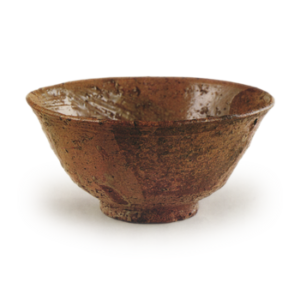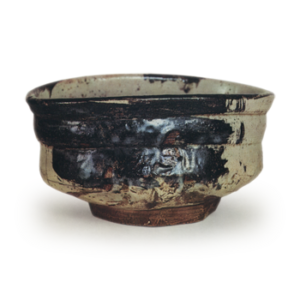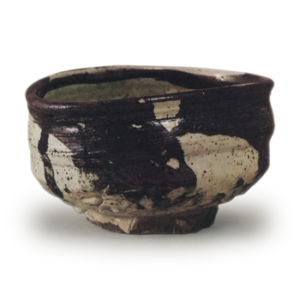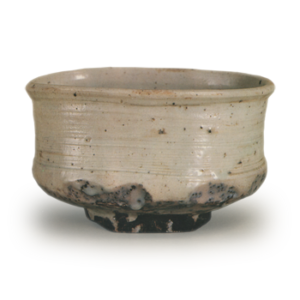The Sue ware kiln sites are located at the foot of Mount Kottai in Arao City, Kumamoto Prefecture. Located in the northernmost part of Kumamoto Prefecture, Arao City faces the Ariake Sea to the west and the 501-meter-high Mount Kottai to the east. The foot of Mt. Kottai is a gently sloping hilly plateau, with numerous small and large valleys intricately interwoven, creating favorable conditions for ceramic production. The Arao kiln site group consists mainly of Sue ware kilns and some tile kiln sites, but several dozen kilns have been confirmed so far, and their distribution can be roughly divided into two groups: the Shodai kiln site branch group and the Hakamatake kiln site branch group. The period of existence of these kiln sites ranges from the Kofun Period to the Nara and Heian Periods, but further research will have to be conducted to more strictly determine the age of these kiln sites. The Arao kiln site was at its peak during the Nara and Heian periods, but by the end of the Heian period, the scale of production had significantly decreased, and only a few soft tile wares were produced. The area around the foot of Mt. Kotai, where the Arao-kogama site is located, was also a center of pottery production in the Middle and Early Modern periods, and the existence of Shodai-yaki (also known as Ryuhara-yaki, Gotoku-yaki, and Shofu-yaki), which began in the early Modern period, is well known. In addition to the Arao kiln site group, there are other relatively small-scale Sue ware kiln sites in the Higo region, including the Kumamoto, Shimo-mashiki, Yatsushiro, Kuma, and Udo kiln sites, all of which are notable for the resurgence of ceramic production in the early modern period.








